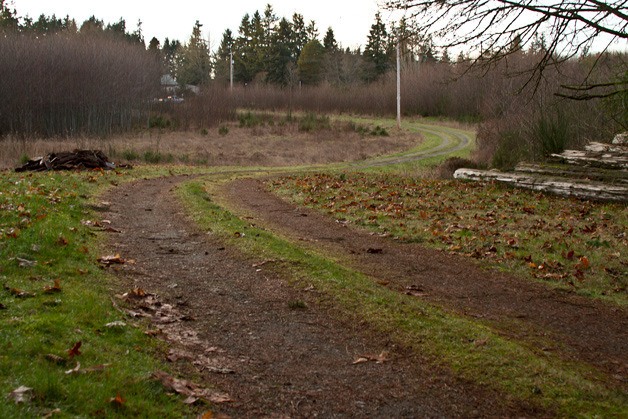Islanders have been hard at work since the first Sakai planning meeting late last month. One hundred and seventy-five people showed up for the workshop led by Bob Linz and, through a series of open-ended exercises, generated a list of uses 77 items long.
Notable picks include a pétanque (Apple Dictionary says its a lawn game similar to boules, played chiefly in Provence), a food forest (or foragers’ paradise), an outdoor pizza oven, a mini golf course and a beer garden.
Perhaps a little much for a parcel that has just 9 acres of “usable” space, but this all came out of the big-eye stage: brainstorming every possible use an islander might deem desirable.
Meanwhile, a total of 10 interest groups have been set up to evaluate the list, assess interest and feasibility.
They’re all led and founded by the general public — no meddling from parks staff — and working according to their own schedule.
“We’re not intervening with the groups; we’re just assuming they’ll get the work done,” Linz said. “There’s a lot of trust in this process.”
The first group, dubbed “Prioritize Projects” already posted its work online. They dropped the “prioritize” language, convener Paul Benton said, “because of the connotation that we would be distinguishing between more and less worthwhile projects.”
Instead, they organized the original list of uses by complexity: Category 1 for projects possible with existing resources, staff and volunteers; Category 2 for projects that require additional funds, expertise or regulation; and Category 3 for projects that require significant funding, approvals and construction contracts.
One group hopes to conduct a survey to assess demand. Another will determine the percentage of residents the proposed concepts will impact. A third is conducting a cost review for both building and non-building uses.
Other interest groups are researching multi-age community center options, gauging support for an unstructured open play “adventure” playground, evaluating youth sports needs, or culling a nine-page list of values for the park (anything from “fun” to “trout” to “our Japanese-American history”) down to three — values, not pages.
Linz will gather everyone back together on April 23 present findings and discuss next steps.
“We’ll have a little confab at the beginning where we all agree what everybody else came up with,” he explained. “Then we’ll have a far ranging discussion about what’s the next logical way to go about this.
“We started with an exhaustingly long list, so my guess is there are just some things logically that just won’t work on the list. There are other things that are really very expensive.”
Or redundant. For example, Linz doesn’t think tennis courts will make the cut.
“There are already six or 10 or 12 tennis courts on the island,” Linz said. “You have to pay for them because it’s a private vendor, but it’s not like the need is not being met.”
Eventually, the goal is to whittle the list down from 77 to 10 or 15 uses. Ideally, that will happen on April 23, Linz said.
“If not, we’ll have another meeting,” he said.
Those who missed the initial planning meeting in January are not precluded from attending this second meeting, Linz added.
“The best way to come the second time is to thoroughly acquaint yourself with the website and what’s been done.”
Or join an interest group. In most cases, it’s not too late. Check the website at http://www.biparks.org/biparks_site/get_involved/propertyplanning.htm for contact details and additional information.



